Aluminum Gravity Casting vs. Other Methods: Choosing the Right Fit for Your Needs
Author: SAIVS Date Published: May 05,2025
Aluminum gravity casting is a metal casting process also known as aluminum alloy gravity casting or aluminum gravity ingot casting.
In this process, molten aluminum alloy is introduced into a specially designed mold that fills the entire mold cavity by the force of gravity.
Compared to other casting methods, aluminum gravity casting is characterized by the use of less pressure throughout the casting process, relying primarily on
its gravity.
Advantages of Aluminum Gravity Casting
1. Cost-Efficiency: It is a relatively inexpensive casting method due to lower equipment and tooling costs.
2. High Dimensional Accuracy: Gravity casting results in precise, near-net-shaped parts with minimal post-processing required.
3. Versatility: It is suitable for a wide range of aluminum alloys, offering flexibility in material selection.
4. Reduced Porosity: The absence of high-pressure forces results in reduced porosity and improved part quality.
5. Lower Environmental Impact: Aluminum gravity casting is more sustainable than some other casting methods due to reduced energy consumption and
material waste.
6. Suitable for Low to Medium Production Volumes: It is an ideal choice for producing small to medium quantities of aluminum parts.
Applications of Aluminum Gravity Casting
Automotive Industry: Aluminum gravity casting is widely used in the automotive industry for manufacturing engine components, transmission cases,
intake manifolds, and other structural parts. Its lightweight and high dimensional accuracy make it an ideal choice for improving fuel efficiency and overall
performance.
Aerospace Industry: Aluminum gravity casting is also utilized in the aerospace industry for producing aircraft components such as turbine blades,
structural frames, and engine housings. The combination of strength, lightweight, and dimensional accuracy is crucial in this industry.
Electrical and Electronics Industry: Many electrical and electronic devices require aluminum components that can dissipate heat effectively.
Aluminum gravity casting is used to manufacture heat sinks, enclosures, and housings for electronic devices, ensuring efficient heat management and protection.
Industrial Machinery: Aluminum gravity casting is employed in the production of various industrial machinery parts, such as pump housings,
valve bodies, and gearboxes. The dimensional accuracy and cost-effectiveness of gravity casting make it suitable for manufacturing these complex components.
Furniture and Decorative Items: Aluminum gravity casting is also utilized in the production of furniture and decorative items.
It allows for the creation of intricate designs and shapes, providing both aesthetics and functionality.
Renewable Energy: In the renewable energy sector, aluminum gravity casting is used for manufacturing components for wind turbines,
solar panels, and hydroelectric systems. Its lightweight nature and corrosion resistance make it suitable for these applications.
These are just a few examples of the wide range of applications for aluminum gravity casting.
Its versatility and ability to produce high-quality, complex parts make it a valuable casting method in various industries.
The Casting Process:Aluminium Gravity Die Casting
Aluminum gravity casting is a metal casting process in which molten aluminum is poured into a reusable mold cavity under the influence of gravity. It is a
relatively simple and low-cost casting process that is suitable for a wide range of casting sizes and complexities.
Mold Creation:
The process begins with the creation of a mold, which is typically made of cast iron, steel, or aluminum.
The mold is designed to create the desired shape of the casting, and it includes a sprue, runners, and gates to allow the molten metal to flow into the mold
cavity.
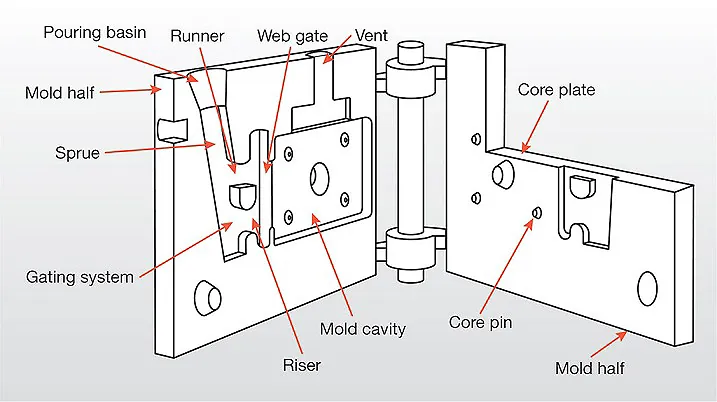
Mold Preheating:
Once the mold is created, it is preheated to a temperature that is slightly below the melting point of the aluminum alloy being used.
This helps to prevent the metal from solidifying too quickly in the mold, which can lead to defects.
Metal Melting and Pouring:
The aluminum alloy is then melted in a furnace.
Once the metal is molten, it is skimmed to remove any impurities.
The molten metal is then poured into the mold cavity through the sprue, runners, and gates.
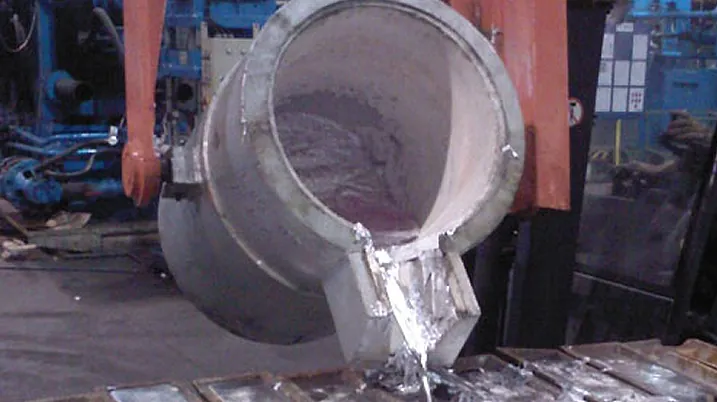
Filling and Solidification:
The metal fills the mold cavity under the influence of gravity.
As the metal cools and solidifies, it takes the shape of the mold cavity.
Casting Removal and Finishing:
Once the metal has solidified, the mold is opened and the casting is removed.
The casting may then be heat treated to improve its mechanical properties. It may also be machined, finished, and painted.
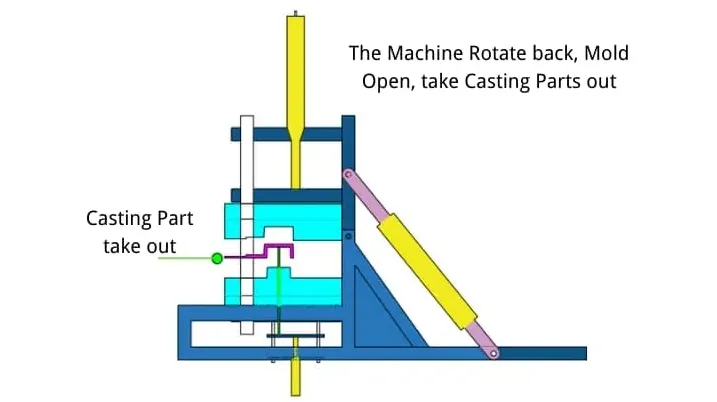
Comparison with Other Casting Methods
Aluminum gravity die casting vs. Sand Casting
Aluminum gravity die casting offers several advantages over sand casting, particularly in terms of dimensional accuracy, surface finish, and mechanical
properties.
However, it also comes with a higher initial cost and is better suited for high-volume production.
The best choice for you will depend on your specific needs and requirements.
If you need high-quality parts in large quantities, aluminum gravity die casting is a good option.
If you need a more affordable option for low-volume production or prototyping, sand casting may be a better choice.
Aluminum Gravity Die Casting vs. Investment Casting
Aluminum gravity casting is typically used for larger, simpler parts, where low cost and high production speed are priorities.
However, it may have lower dimensional accuracy and surface finish compared to investment casting.
aluminum investment casting excels in producing complex, thin-walled parts with high dimensional accuracy and surface finish.
However, it has a higher mold cost and slower production speed, making it more suitable for low-volume production.
Aluminium Gravity Die Casting Manufacturer
saivs is a reputable and experienced provider of alternative solutions to gravity die casting.
Whether opting for aluminum die casting, sand casting, or high-pressure die casting,
clients can rely on SAIVS's commitment to delivering reliable, efficient, and high-quality casting services.
With a team of skilled professionals and state-of-the-art technology, SAIVS stands as a preferred partner for clients seeking precision casting solutions.
Why Choose SAIVS™ as Your Supplier?
1.Superb Quality Control Management
At SAIVS, we take pride in our perfect quality management systems and procedures, which guarantees the excellent performance of all our producs, being a professional Investment Casting | Die Casting| Sand Castingmanufacturer in China.
2.Rich Production Experience
With 20 years of experience in production, SAIVS has a deep understanding of the market and trends, and strives for continuous research and innovation. This has created advantages in both the product's performance and appearance.
3.Competitive Prices
As a Chinese factory committed to becoming the most cost-effective Investment Casting | Die Casting| Sand Castingexporter in China, SAIVS provides high-quality products at advantageous prices. By lowering costs and increasing efficiency, we ensure that our customers receive the best possible value for their investment.
4.Perfect After-sales Service
At SAIVS, we strive to provide superior customer service that meets and exceeds expectations. We are always available for any questions or concerns you may have, and we stand by our commitment to providing excellent after-sales support.
Related Posts
-
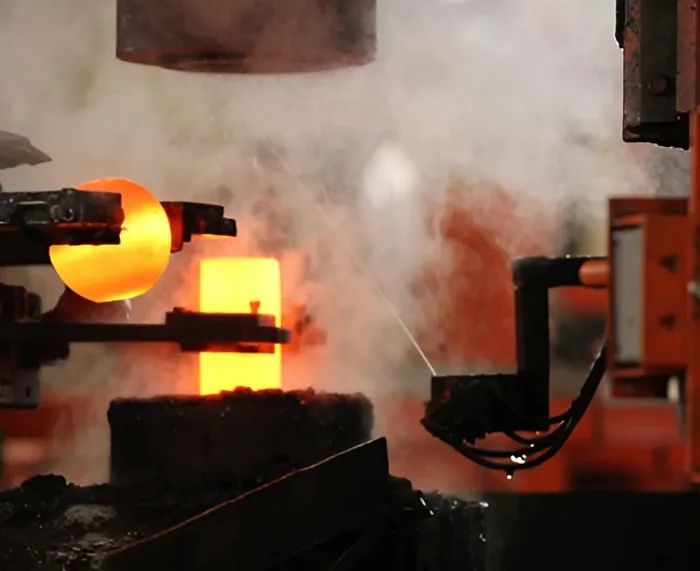
Choosing the Right Stainless Steel Forging Manufacturer: Key Factors to Consider
Discover applications (construction, medical) and qualities of a good supplier (expertise, customization).
-
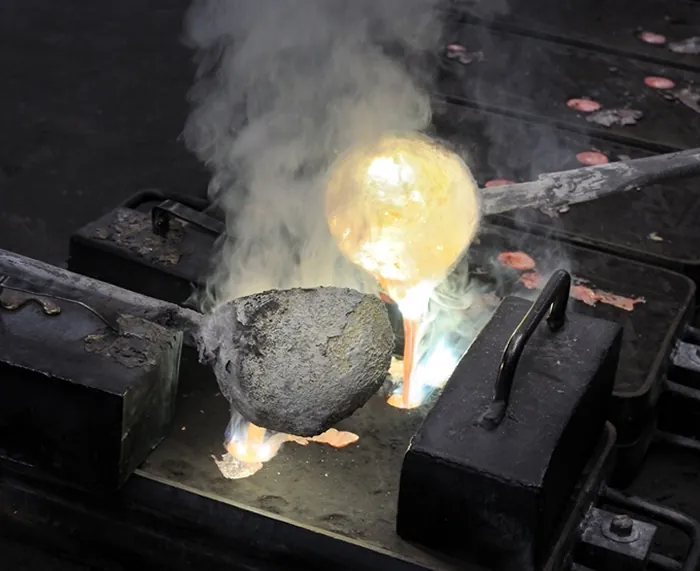
The Excellence of Sand Casting for Gearbox Housings
Why cast iron gearbox housings made by sand casting are ideal for strength, durability and complex designs.
-
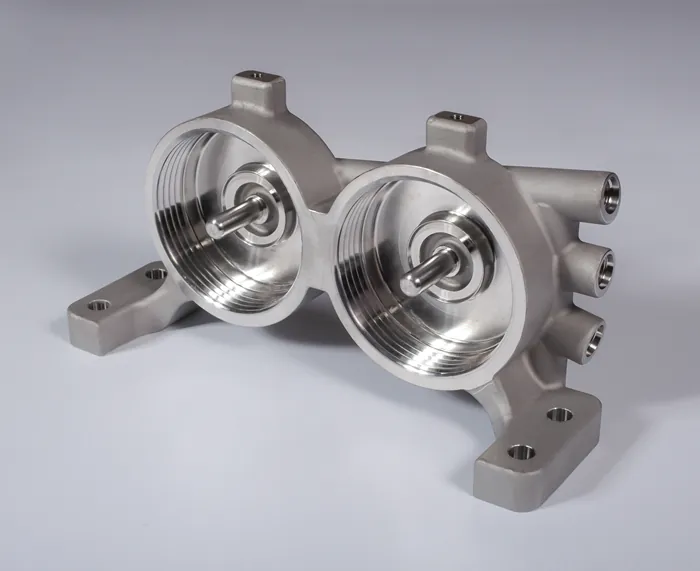
Factors Affecting the Dimensions of Stainless Steel Castings
Learn about the factors affecting dimensional accuracy, including material expansion and deformation, and understand why choosing an experienced foundry like SA...
-
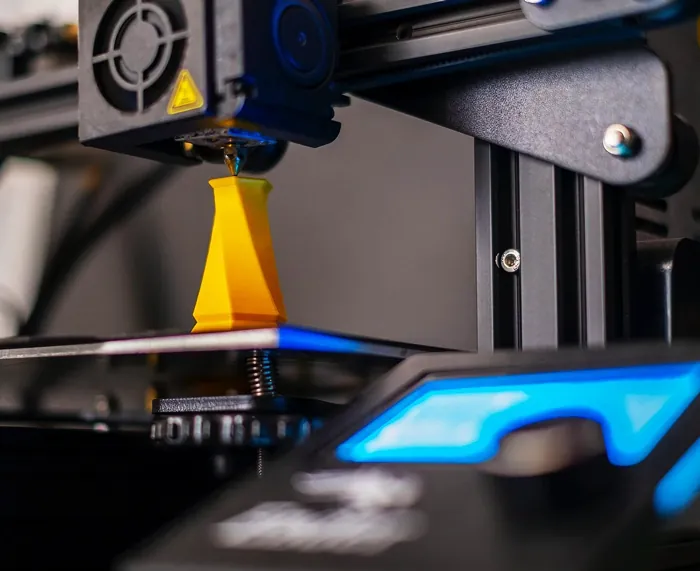
Understanding 3D Printing Technologies and Inspection Methods
This article explores seven main categories of 3D printing and the inspection methods used to guarantee the quality and reliability of printed parts.
-
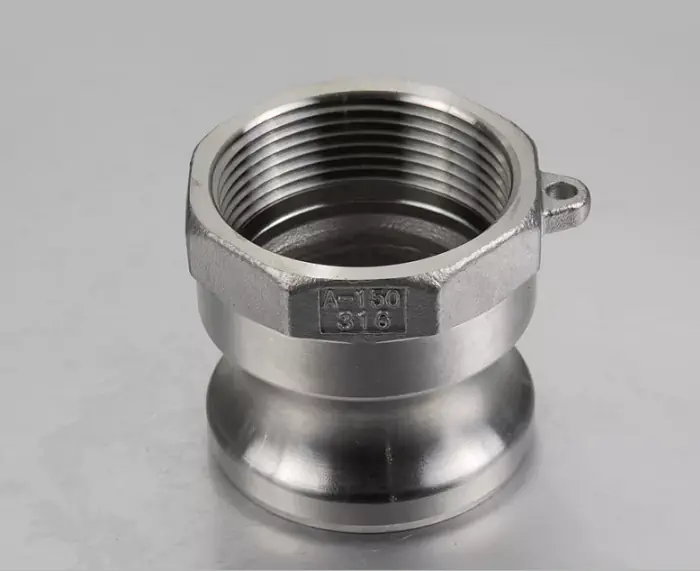
The Advantages of Stainless Steel Casting for Camlock Couplings
Camlock couplings are widely used for fast and secure connections in various industries, especially where hoses and pipes need to be frequently connected a
-
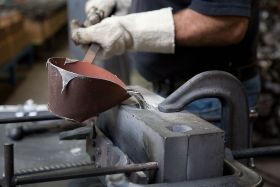
An overview of Gravity Die Casting
An overview of Gravity Die CastingGravity die pourGravity die casting is used to manufacture casting parts from non-ferrous materials such as aluminium or low-t...

